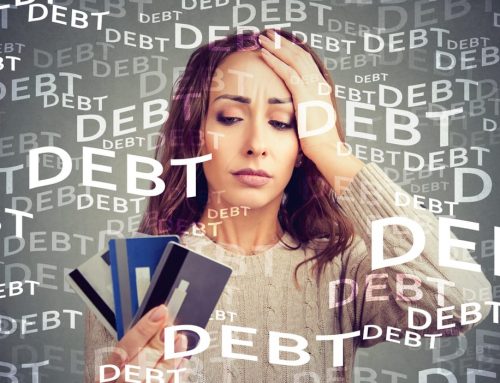Refinance, Consumer Proposal, or Bankruptcy? Andrea Orr Breaks It Down
When faced with mounting debt and financial instability, it’s easy to feel overwhelmed and uncertain about your options. That’s why we’ve brought in a leading expert, Licensed Insolvency Trustee Andrea Orr, to guide you through the various avenues for managing debt and finding a path toward financial recovery.
In this detailed blog, we dive into three major options for those grappling with significant debt: refinancing, filing a consumer proposal, or declaring bankruptcy. Each of these options has its own set of benefits, risks, and implications. With Andrea’s insights, you’ll gain a clearer understanding of what each path involves and how to decide which one suits your unique circumstances.
Refinancing: Using Your Home Equity for Debt Relief
Refinancing your home can be an attractive option, especially if you have equity built up. Andrea explains how this process works: you take out a new mortgage or home equity loan to pay off existing debts, often securing a lower interest rate in the process. This approach can consolidate your debt and reduce your monthly payments. However, it comes with risks. By using your home as collateral, you could potentially lose it if you’re unable to meet the new payment terms.
Watch More: Refinance vs Consumer Proposal vs Bankruptcy? | Mortgage Suite (ft. Andrea Orr)
Andrea discusses the factors to consider when deciding whether to refinance, such as the current market conditions, your credit score, and the terms of your existing mortgage. She also provides valuable tips on working with lenders and understanding the fine print in your refinancing agreement.
Consumer Proposal: A Formal Agreement to Repay Debts
A consumer proposal is a legally binding agreement where you propose to your creditors to repay a portion of your debt over a set period of time. Andrea breaks down the steps involved in creating a consumer proposal and the key benefits it offers. This option allows you to avoid bankruptcy and can often lead to a more manageable debt repayment plan. Plus, it provides legal protection from creditors and stops collection efforts, including wage garnishment and legal action.
Andrea discusses who might benefit from a consumer proposal, what kind of debts can be included, and the typical duration of these agreements. She also explores the role of a Licensed Insolvency Trustee in facilitating the process and ensuring that both you and your creditors reach a fair agreement.
Bankruptcy: The Last Resort and What It Means
Bankruptcy is often seen as the ultimate last resort, but it’s a legitimate option for those who find themselves unable to meet their financial obligations. Andrea details the different types of bankruptcy available in Canada and the steps involved in declaring bankruptcy. While it provides immediate relief from creditors, bankruptcy has long-term consequences on your credit score and can impact your financial opportunities for years to come.
Andrea explains the protections that bankruptcy offers, including the automatic stay, which halts all collection activities. She also discusses the typical process for bankruptcy, from filing the initial paperwork to attending mandatory credit counseling sessions and meeting with creditors.
Making the Right Choice for Your Financial Future
Ultimately, the goal is to find a solution that provides financial stability and sets you on a path toward recovery. If you’re feeling overwhelmed by debt, don’t hesitate to seek help from a Licensed Insolvency Trustee or financial advisor. With the information and insights provided in this blog, you’ll be better equipped to make an informed choice that aligns with your goals and circumstances. Remember, you’re not alone—there are resources and support available to help you through these challenging times.









Leave A Comment
You must be logged in to post a comment.